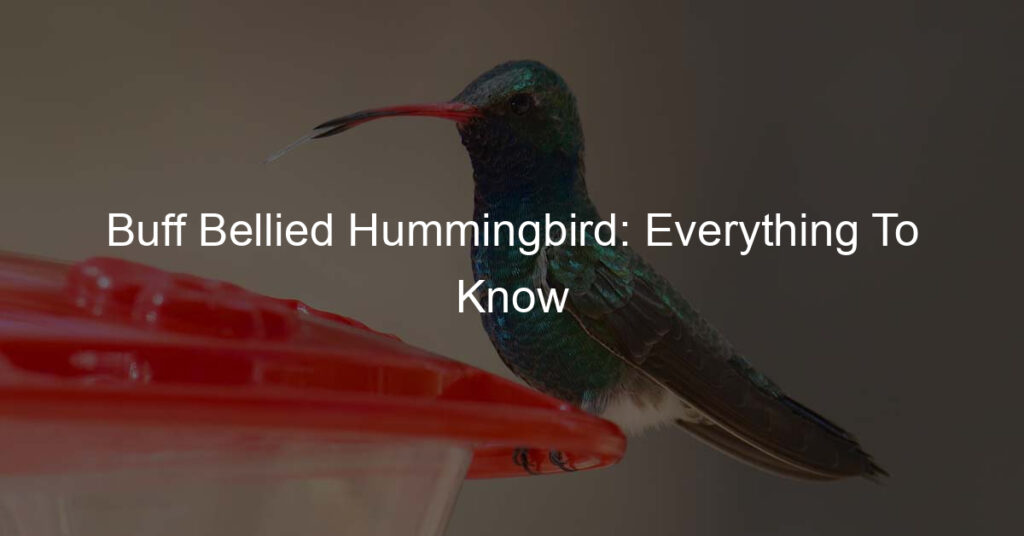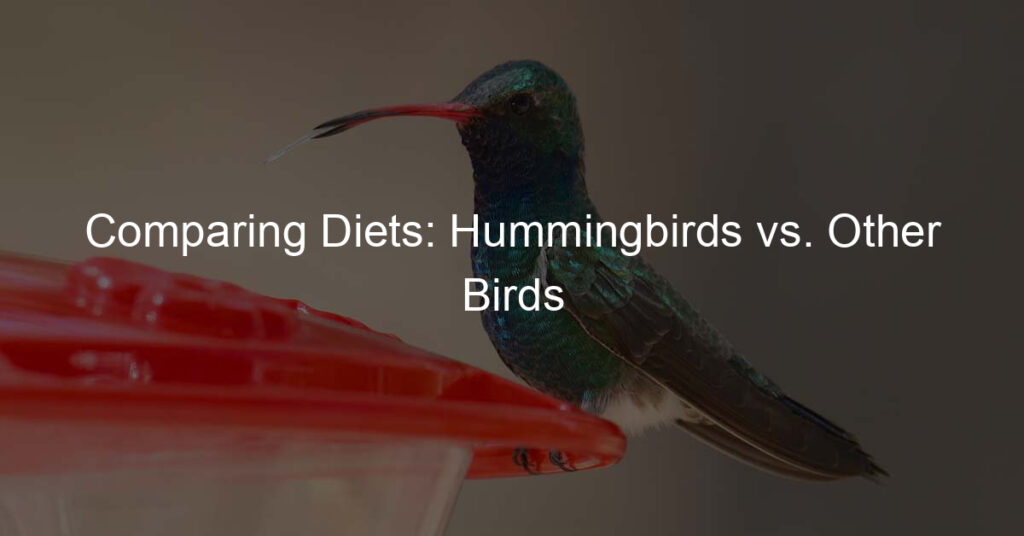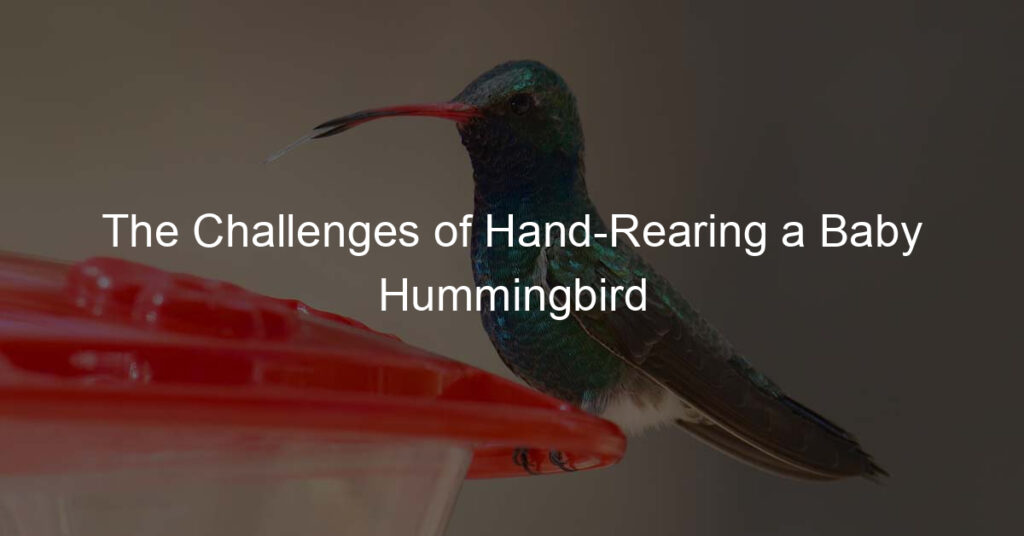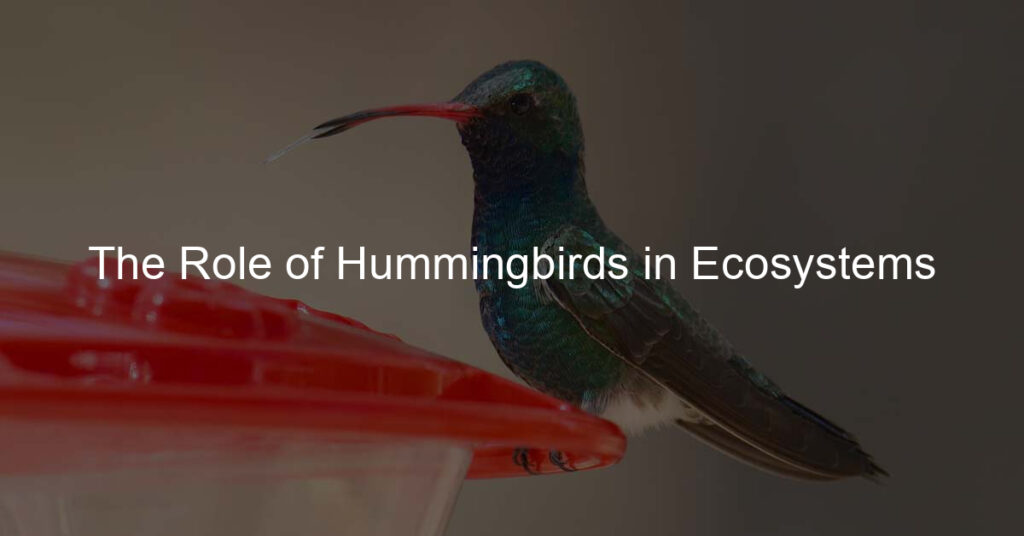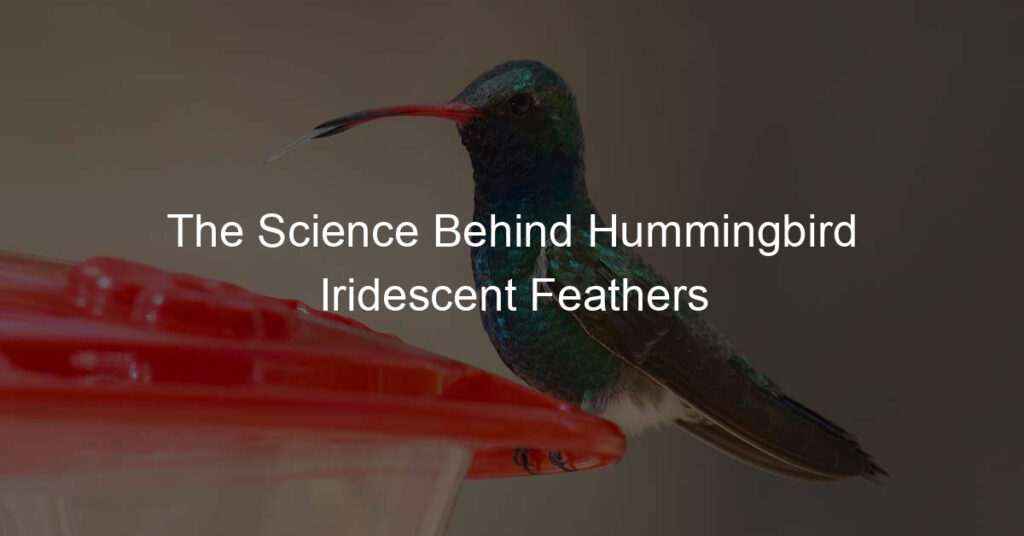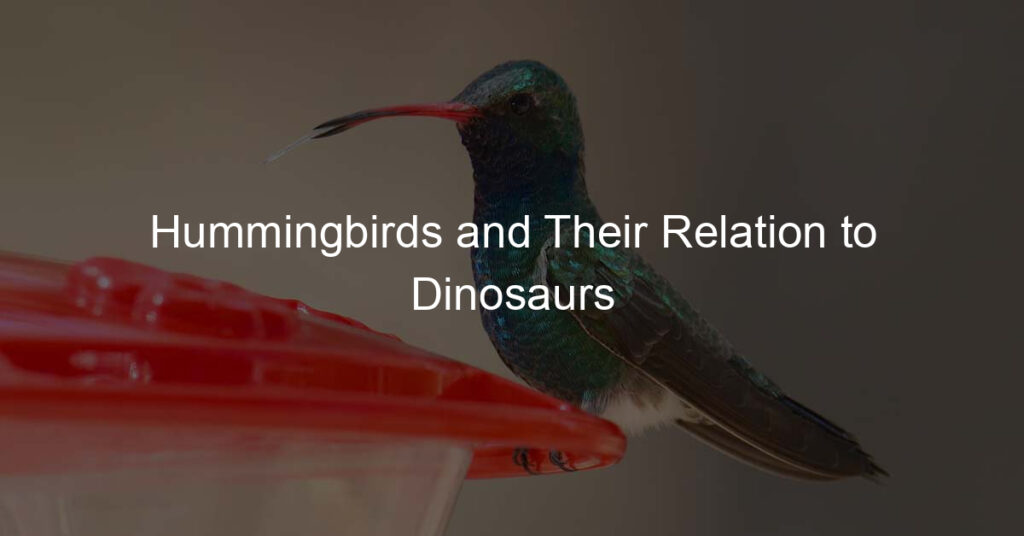The Buff-bellied Hummingbird is a unique and fascinating species of hummingbird found in the United States. It’s a migratory bird that is found in the Southwestern states during the winter months and further north during the summer months. This small but powerful bird is known for its vibrant colors and impressive flying skills, making it an excellent addition to any backyard garden. Let’s explore this incredible species.
Appearance Of Buff Bellied Hummingbird
The Buff-bellied Hummingbird is one of the smallest birds in North America, measuring only 3 inches in length. It has brightly colored feathers, dark green wings, bright blue crowns, and buffy-white bellies. The coloration of males and females is very similar; however, males tend to have brighter colors than females. On their backs, they also feature a white patch with black spots.
The Buff-bellied Hummingbird is a unique bird that can be found in southern Texas in eastern Mexico and up the upper Texas coast. It is a sight to behold with its brilliant colors, ranging from a largely metallic green body to a bronzy chest with some patches of bright red. Buff-bellied hummingbird inhabits a variety of habitats, from parks and gardens to open meadows and forests.
Read More: When Do Hummingbirds Arrive In Maryland?
Behavior
The Buff-bellied Hummingbird is a migratory species, which means it moves from different areas throughout various seasons. During the summer months, these birds can be found across Southern Canada and Northern US regions such as Michigan and New York. In wintertime, however, they migrate southward to states like Texas and Arizona where temperatures are milder. They enjoy spending time near flowers so they can feed on nectar from blooms like salvia and lantana.
Unique Traits
Here are five amazing traits that make the Buff-bellied Hummingbird stand out from other birds.
Distinctive Coloration
The Buff-bellied Hummingbird has a distinctive coloration. The upper half of its body is an iridescent green and the lower half is a buff color. This coloration helps it blend into its environment and makes it difficult for predators to spot them. Their wings are also very colorful with shades of blue, green, and black.
Long Beak
The Buff-bellied Hummingbirds have an impressive beak length. Their beaks can measure up to two inches in length! This long beak is ideal for feeding on nectar from flowers, which they do several times a day. It also helps them reach deep into flowers where other birds would not be able to get to their food source.
Highly Social Birds
Despite their small size, Buff-bellied Hummingbirds are highly social creatures and love interacting with their kind as well as other bird species. They will often form small flocks when migrating south for winter and stay close together during this migratory journey. During nesting season they will flock together as well, creating large groups of up to 30 birds!
Migratory Habits
Unlike some bird species that live in one place year-round, the Buff-bellied Hummingbird migrates south during winter months to escape cold temperatures and snowfall in the northern states. They travel hundreds of miles each year on their migration route from Canada down through Mexico before making their way back north again in the springtime. It’s amazing how far these tiny birds go each year!
Amazing Flight Skills
The most amazing trait about this species of hummingbird is its ability to fly both forward and backward! This allows them to maneuver quickly around obstacles while hunting for food or evading predators. They can also hover in midair for several seconds at a time while feeding from flowers or fast-flying insects like dragonflies or butterflies.
Read More: How Often Do Hummingbirds Sleep?
Life Cycle Of Buff Bellied Hummingbird
Have you ever wondered what the life cycle of the Buff-bellied Hummingbird looks like? From birth to death, the Buff-bellied Hummingbird undergoes an incredible journey that is both fascinating and awe-inspiring. Let’s take a closer look at this amazing species and explore its life cycle!
Nesting & Incubation
When it comes to mating, female hummingbirds are typically in charge of finding a suitable nesting site. They will often build multiple nests if they feel that one may not be safe or suitable enough. Once the nest has been constructed, the female will lay two eggs over some time and then begin incubating them for about two weeks until they hatch. During this time, she will rotate between sitting on the eggs and foraging for food for herself and her babies.
Growth & Development
Once hatched, baby hummingbirds are completely helpless and must rely on their parents for everything from food to protection. In the first week of their lives, the chicks start to grow rapidly—increasing in size by up to 50% each day! After about two weeks, their feathers start to grow and they become more independent from their parents. By eight weeks old, they are ready to leave the nest and fend for themselves in the wild.
Adulthood & Migration
By adulthood, most Buff-bellied Hummingbirds have reached full maturity and have developed all of their unique markings that make them so easy to recognize in nature. They also become quite territorial during this stage—defending small areas of land with great ferocity! In late summer/early fall, adults migrate south towards warmer climates to escape harsh weather conditions such as heavy snowfall or extremely cold temperatures.
Read More: How Long Does Hummingbird Nectar Last?
Feeding Tips
Feeding a Buff-bellied Hummingbird is easy and fun! All you need is a reliable nectar feeder, some sugar water mix, and a few strips of red ribbon. Hang the feeder in your garden or balcony and make sure it’s located at least 3 feet off the ground. Place the red ribbons around the area as they act like a magnet to hummingbirds and will attract them to the feeder.
Refill the hummingbird feeders regularly with fresh nectar and enjoy watching these amazing birds up close. Buff-bellied Hummingbirds are a delightful sight when they visit hummingbird feeders or flowering plants, and can often be spotted in oak woodlands around North America.
It’s important to offer these beautiful creatures the highest quality of sustenance when they come around. Have plenty of flowering plants and spider webs in your garden to attract them, while also considering setting up hummingbird feeders that are filled with sugar water to help them refuel as they fly by.
Even small changes like making sure the feeder is placed in an area that has shade can make visits more pleasant for these birds.
Read More: 8 Types Of Hummingbirds In Ohio
Conclusion
The Buff-bellied Hummingbird is an amazing species of bird with unique traits and abilities. Their long beaks, social behavior, and migratory patterns make them fascinating to watch in the wild. With their incredible flight skills, they can maneuver around obstacles with great agility and efficiency. From birth to death, these birds undergo an incredible life cycle that takes them on a journey from one place to another – making them truly extraordinary creatures.
Read More: How Often Do Hummingbirds Eat?

